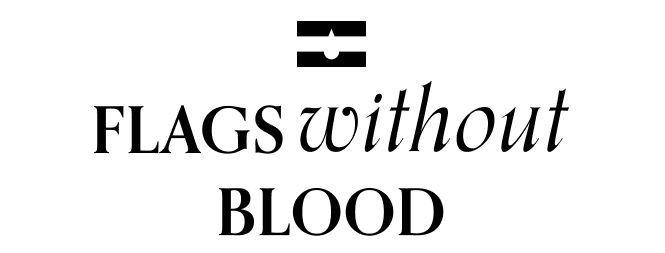🇪🇷
Eritrea
The first Eritrean flag as an independent nation was a tribute to the UN after a long colonial history. The honor acknowledged the efforts to assure the sovereignty of the country, which would form a federation with Ethiopia.
As we all know, to make war is easier than to make diplomacy. The idea of a flag celebrating international union could not last long.
In 1961 Ethiopia invaded Eritrea, adding some blood to the country’s history–and to its flag. The conflict lasted 30 years, and relations between both nations were broken until a few years ago.
The current flag is the same as in wartime, with its red triangle representing blood. However, we believe Eritrea has much more to show.
⊞
Eritrea Without Blood
⊡
Elements
Our proposal highlights the olive branch of the UN-inspired flag, transforming this element into an icon of the country. The white area now symbolizes the peace and unity of the nation.
In contrast, two vertical stripes represent Eritrea’s main ethnic groups–the Tigrinya and the Tigre. The design privileges peace and unity instead of division.
⊟
Colors
The predominance of white increases the branch’s visibility, contrasting with green. Blue and yellow elements are inherited from the current flag.
The blue and yellow elements add new meanings while preserving tradition. Now they symbolize the mineral wealth of the country and the Red Sea, which bathes Eritrea. In our proposal, the colors symbolize the two main ethnic groups of the country–the Tigrinya and Tigre–as well as Catholicism and Islam, the two most popular religions of the country.
These two stripes will always be smaller than the white area, suggesting the nation is made of its diversity and sense of unity. The flag embodies this perspective.








